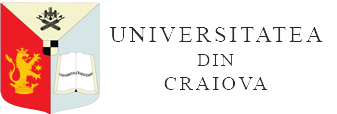CORRELATION BETWEEN FRESH MASS AND DRY MASS OF SOME MEDICINAL AND AROMATIC PLANT SPECIES GROWN ON SANDY SOILS
DOI:
https://doi.org/10.52846/aamc.v52i1.1322Abstract
From the old times the phytotherapy help in ameliorating and treating of some ailments, this had highlith some medicinal and aromatic plants species to beeing cultivated to more areas. In Romania, more than 300 medicinal and aromatic plant species are known, the purpose of research from the RDSPCS Dabuleni being to the promotion of some medicinal and aromatic plants species on sandy soils. So, the folllowin medicinal and aromatic species with therapeutic value was studied: Salvia officinalis, Lavandula angustifolia, Calendula officinalis, Hyssopus officinalis. Salvia officinalis due to its rich vitamin content, is considered a miraculous plant with healing properties. Lavandula angustifolia is used in natural medicine for various teas, oils and tinctures, but also in the cosmetic industry for perfumes, soaps and body lotions. Calendula officinalis is cultivated for its flowers due to its antiinflammatory, antiseptic, antimicrobial action. Hyssopus officinalis is a very precious plant for health due to the volatile oils and flavonoids in its composition. These species are studied to profitably capitalize on the ecopedological conditions specific to sandy soils in terms of production capacities and the active principles they contain compared to the forms existing in other areas of the country. Thus, during the study period, Salvia officinalis has registerred the highest yield of 14052 kg/ha fresh herb compared to the other studied species, with a dry yield of 4:1.


